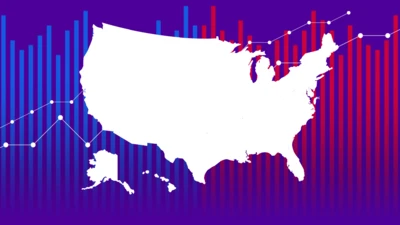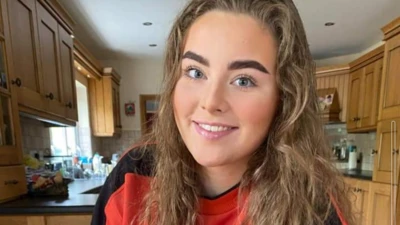We've updated our Privacy and Cookies Policy
We've made some important changes to our Privacy and Cookies Policy and we want you to know what this means for you and your data.
How referendum results are reported
How will the 91ČČąŹ report the result of the 18 September Scottish independence referendum?
How are the votes counted?
Polls close at 10pm and ballots will be counted by each of Scotland's 32 local councils.
The first stage will see all ballots counted, a process known as verification. Turnout figures based on the verified ballots will then be announced.
Yes and no votes will then be counted, with results announced on a council-by-council basis.
The final result will be announced from the central count at the Royal Highland Centre in Ingliston, Edinburgh.
What is the 'target'?
To win the referendum one side must win 50% of valid votes cast, +1.
After turnout from the first few results is known, 91ČČąŹ analysts will be able forecast a estimated 'winning post' target.
As results progress, and more turnout information emerges, the target will become a calculated one, based on turnout, and the electorates of the remaining undeclared councils.
When more detailed information about each result emerges, the target may drop quite rapidly.
How is turnout calculated?
The turnout figure is based on valid votes and rejected ballots, expressed as a percentage of the registered electorate. National turnout is based on the sum of votes so far, divided by the sum of declared electorates.
The electorates displayed are those submitted by the returning officers on the eve of polling.
What are 'rejected ballots'?
Rejected ballots are papers where the voting intention is deemed to be unclear or invalid.
Returning officers in Scotland will include these within the turnout figures announced at each count.
When will we know the final result?
Officially, when either Yes or No passes the winning post by achieving 50% of ballots cast +1.
Unless the result is very close, it is likely that 91ČČąŹ analysts will be able to forecast one side to have won earlier, based on turnout and voting patterns.
Top Stories
More to explore
Most read
Content is not available








